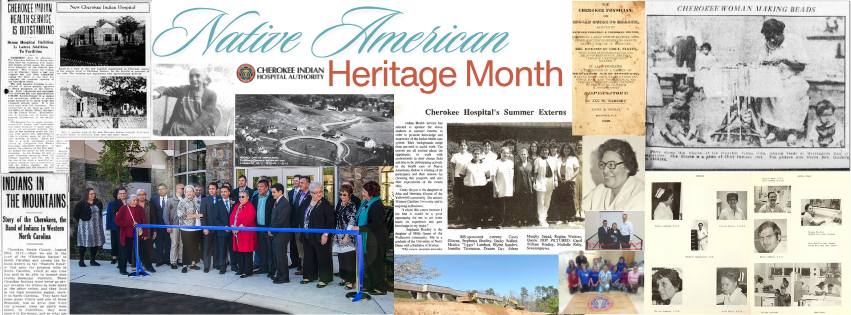
As we honor Native American Heritage Month, we’re taking a moment to look back at some of the people who shaped early healthcare for the Eastern Band of Cherokee Indians — including a doctor, whose story is as surprising as it is memorable.
In 1893, Dr. Hartman Oberlander arrived in Cherokee after two years in private practice in the Syracuse and Jamesville areas of New York. He had just been appointed physician at the Eastern Cherokee School and Agency, becoming the first government doctor dedicated to caring for the Cherokee community.
But long before he ever picked up a medical bag, Dr. Oberlander picked up a baseball.
And he was good — really good.
 Before moving into medicine, Oberlander played professional baseball as a pitcher, earning a reputation strong enough to land him in early sports publications of the day. He was a left-handed pitcher born on May 12, 1864 in Illinois and was the 4th son of a prominent German Luteran minister, Reverend Alexander. His mother’s name was Mathilda and in addition to Doc, raised 13 other children. The family moved from Illinois to upstate New York in 1880 where Doc’s father founded the Mount Tabor Luteran Church in Syracuse. Doc played baseball with his hometown Stars in the New York State League when he was 21 years old. he graduated from Syracuse University in the Spring of 1887, the same year he found himself pitching for the first time for the Scranton Miners. After a couple of years of professional baseball, he began to transition to his life as a doctor. In 1890 he married his English-born wife, Jannis and the couple had three children, Lillian A, Arthur A, and Fredolin.
Before moving into medicine, Oberlander played professional baseball as a pitcher, earning a reputation strong enough to land him in early sports publications of the day. He was a left-handed pitcher born on May 12, 1864 in Illinois and was the 4th son of a prominent German Luteran minister, Reverend Alexander. His mother’s name was Mathilda and in addition to Doc, raised 13 other children. The family moved from Illinois to upstate New York in 1880 where Doc’s father founded the Mount Tabor Luteran Church in Syracuse. Doc played baseball with his hometown Stars in the New York State League when he was 21 years old. he graduated from Syracuse University in the Spring of 1887, the same year he found himself pitching for the first time for the Scranton Miners. After a couple of years of professional baseball, he began to transition to his life as a doctor. In 1890 he married his English-born wife, Jannis and the couple had three children, Lillian A, Arthur A, and Fredolin.
Even after becoming a physician, he didn’t leave the game behind. Within a few years of arriving in Cherokee, he organized a local baseball team affectionately known as “Dr. Oberlander’s Warriors,” bringing the excitement of America’s pastime right to the Qualla Boundary.
His life blended healing and hometown spirit as he could treat a fever in the morning and throw a fastball in the afternoon.
Doc stayed in Cherokee until 1902 when he was appointed physician with the Crow in Montana and was named the first Superintendent of the newly constructed Pryor Creek Boarding School when it opened in 1903.
In the 1918 Annual Report to the Board of Indian Commissioners, Malcom McDowell wrote to Chairman George Vaux Jr., “The health of the Pryor Creek Crows is under the charge of Dr. H.L. Oberlander, who is subagent and physician. He is one of the most efficient men I have met in the Indian Service, for in addition to his manifold duties as subagent, physician, farmer, and general factotum, he is a power for good along social-service lines.
Doc passed away from a heart attack in 1922.
As CIHA reflects on our history this month, we remember individuals like Dr. Oberlander, who helped lay the early foundations of healthcare for the Cherokee people. His story reminds us that the path to building a strong, compassionate health system has always been shaped by people with diverse talents, unexpected passions, and a shared commitment to community.
A physician. A ball player. A part of our story. And a reminder that Cherokee healthcare has always been both resilient and uniquely our own.